Learn the rules of surfing
At first glance, surfing might seem to be all about freedom and self-expression. But make no mistake: there are strict rules in the water – the so-called surf etiquette. Keep those rules in mind to avoid conflicts with other, more experienced surfers.
Want to learn all te rules? Check out our blog about the surfing rules & etiquettes!
Find a good spot that is not too crowded
There are different types of spots to surf: reef breaks, point breaks and beach breaks.
1. Reef breaks often produce great, predictable waves, but can be dangerous because of the sharp coral just below the water.
2. Point breaks, where waves break around an extended part of land, usually produce long, peeling waves in one direction, but often require a lot of paddling and waiting for your turn. Therefore, it’s best to start practising at a beach break.
3. Beach breaks are sandy bottoms and relatively soft when you hit them. Because the waves often break along a bank or the entire beach, there is more room to surf. If the line-up is crowded, choose a quieter place outside the line-up. When you are an absolute novice, you can head to a place closer to the beach and catch your first rides on already broken, whitewater waves.
Choose the right equipment
Choosing the right board is key when you want to learn how to surf. The bigger and more buoyant a board is, the easier it is to catch waves. Smaller boards, on the other hand, are faster and more manoeuvrable. When you just start, however, riding as many waves as you can is the best way to progress. The more waves you ride, the more you can practise and refine your technique. A board with too little volume makes it difficult to catch waves and makes it harder to get up on your feet. Therefore, we advise you to start on a 7 to 9 foot board (board sizes are always measured in feet and inches) and don’t drop down in board size too early. A soft top board is also great for beginning surfers. These foam boards have soft decks and reduce the risk of injuries. Besides a board, you will need gear to keep you warm. A well-chosen wetsuit and (if necessary) booties and gloves help you to stay out longer so you have more time to improve your surfing.
Do you need help choosing the right wetsuit? Check out our pages about:
How do i find the right wetsuit size
How do i find the right wetsuit thickness
Master the pop-up
The pop-up is perhaps the most important movement in surfing. The pop-up or take-off is the transition from lying down on your belly to standing on your feet. When you have mastered the pop-up, you will be able to get up on the right moment and ride the unbroken part of a wave. It allows you to go faster and opens the door to other, more advanced moves. For a good pop-up, follow the following steps:
1. Place your hands next to your shoulders (don’t grab the rails),
2. Push your upper body up and slide your preferred foot forward.
3. Stay low, keep your knees bent and decide which way you want to go.
4. Although it might sound difficult, the good news is that you can easily practise your pop-up on land. Just lay down on your board or on the floor, and practice getting up as many times as you like.

Practice paddling
You may not realise it, but you spend way more time paddling than standing up on your board. Many beginning surfers don’t catch waves because they lack just a little bit of speed to glide along with the wave. Therefore, it is hugely important to master the paddling technique and build stamina. When you are a great paddler, you will catch more waves, catch waves earlier (which makes them easier to ride), get to the line-up faster and save more energy for actually riding waves. The most important factors in becoming a good paddler are minimising drag, by finding the right body position (this is also called the sweet spot), and maximising propulsion by learning the right arm movements.
Learn how to get to the line-up
The place where the waves break and people wait for their turn is called the line-up. To reach this place, you have to pass broken waves that try to pull you back. In order to get out past the whitewater as quickly as possible, you need to be a good paddler and should know some techniques to get past incoming waves. One of the best-known techniques is duck diving. Unfortunately, this technique, where you push your board down to dive under with your board, only works with low-volume boards. If you have a higher volume board (like we recommend for beginners), you can try the turtle roll, a technique where you flip your board upside down and put your body in a horizontal position. When you have reached the line-up, you can best check the incoming waves by sitting up on your board. It’s also wise to practise sitting and keeping your balance, in order to react swiftly when a good wave comes your way.
Get to know the ocean
Because you want to surf the best waves, it is important to learn how the ocean works, and how this affects your local spot. Try to get to know at which tide your spot produces the best waves, and learn how to read and interpret a surf forecast. This way, you will always be at the right place at the right time. This helps you to ride more waves, and get better faster. Learning about tides and currents also helps you to stay safe in the water.
Safety measures
Talking about safety, there are different things to keep in mind. Knowing how the ocean and certain spots work, helps you to exit the water safely at all times. Besides that, you should never surf alone as a beginning surfer. Surf with a buddy so you can call for help if necessary. Another thing to keep in mind is to always use a leash or legrope. This helps you to keep your board close and prevents dangerous situations for other surfers.
Practise as much as you can
The best beginner surfing tip is to go out whenever it’s possible and practise as much as you can. You learn the most when doing it, and practice makes perfect! Don’t worry when you fall or wipe out. This is also an important part of surfing!






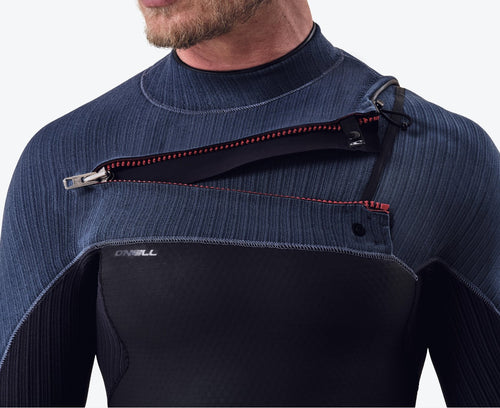
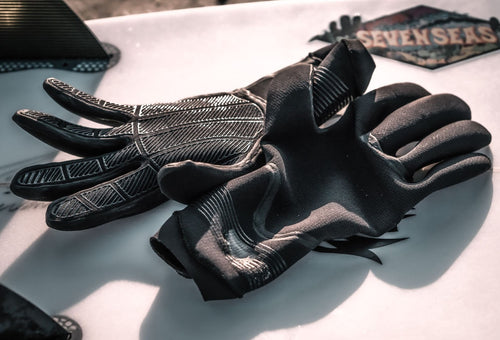
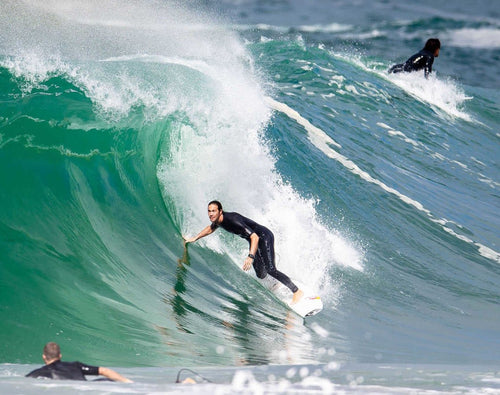
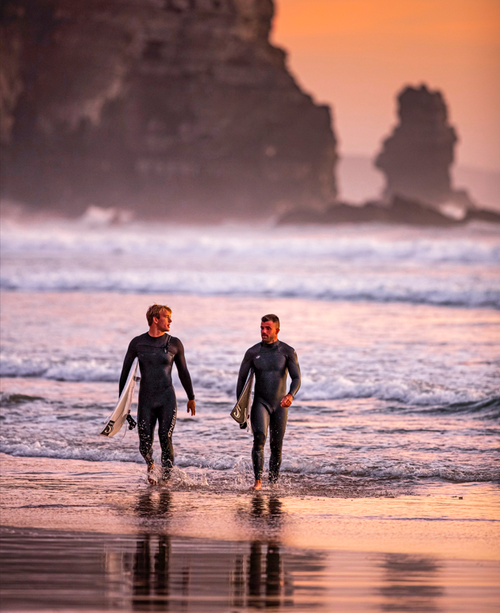


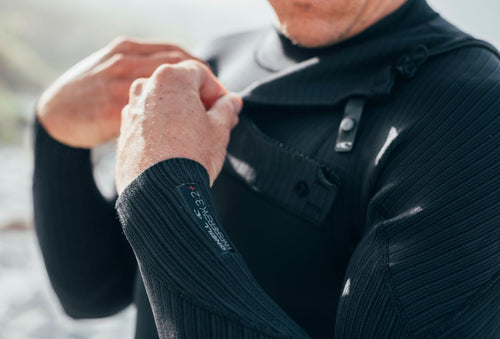


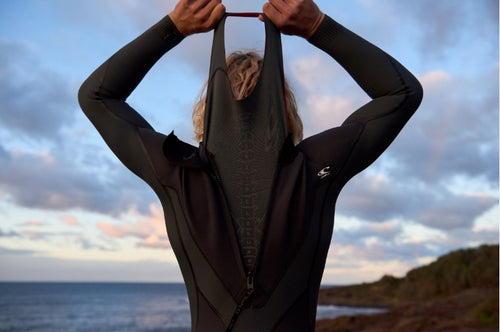
0 comments